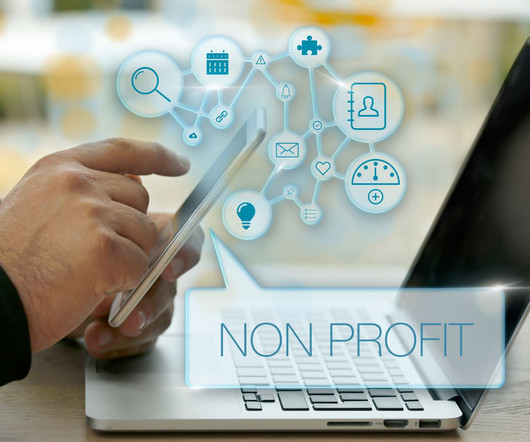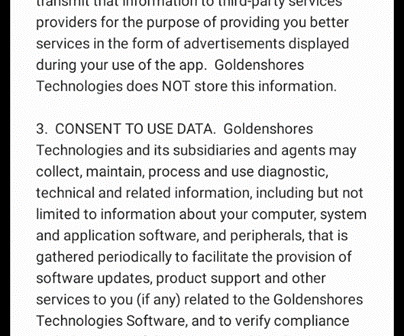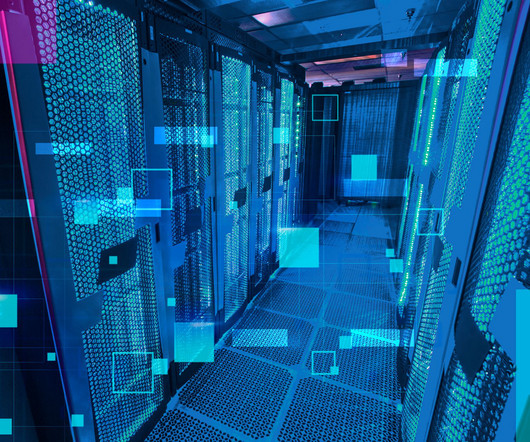InfoSec Policies and Standards: Some strategic context for those just diving into this world
CTOvision
MAY 22, 2014
Organizations are giving more priority to development of information security policies, as protecting their assets is one of the prominent things that needs to be considered. Lack of clarity in InfoSec policies can lead to catastrophic damages which cannot be recovered. Security policies are tailored to the specific mission goals.























Let's personalize your content